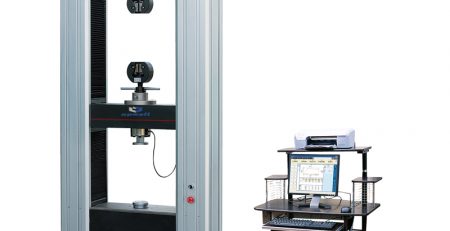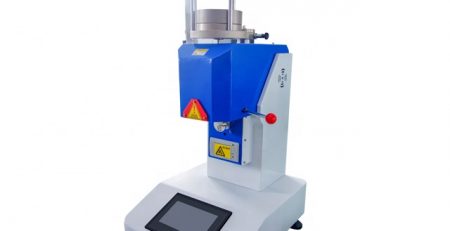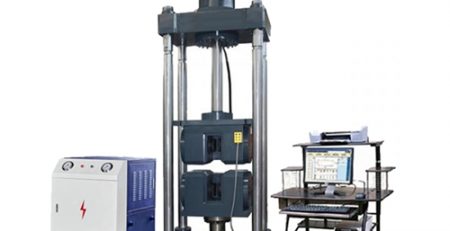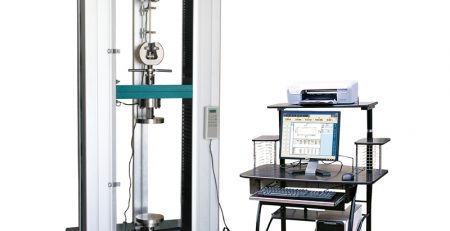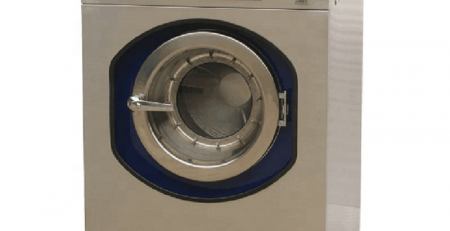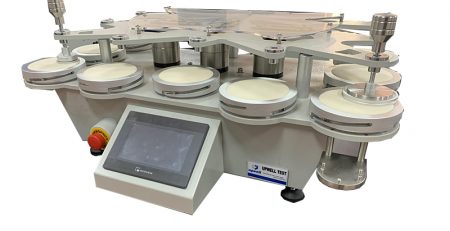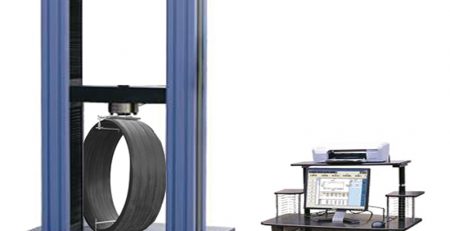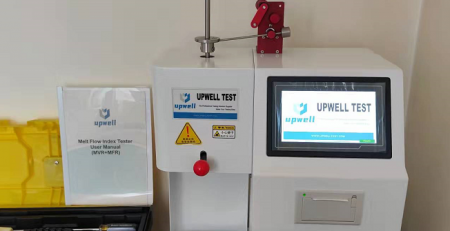The Differential Scanning Calorimeter(DSC) is a thermal analysis instrument that tests the thermal effect of a substance during the heating or cooling process. feature. Under programmed temperature, the temperature difference between the substance and the reference can also be measured as a function of temperature.
This product is mainly composed of heating system, temperature control system, signal amplification system, differential heating system and recording system. Some models also include an atmosphere control system and a pressure control system. The heating system provides the temperature conditions required for the test, and the heating elements and furnace core materials in the system are selected according to the different test ranges. Before using the differential thermal analyzer, you need to understand the following matters:
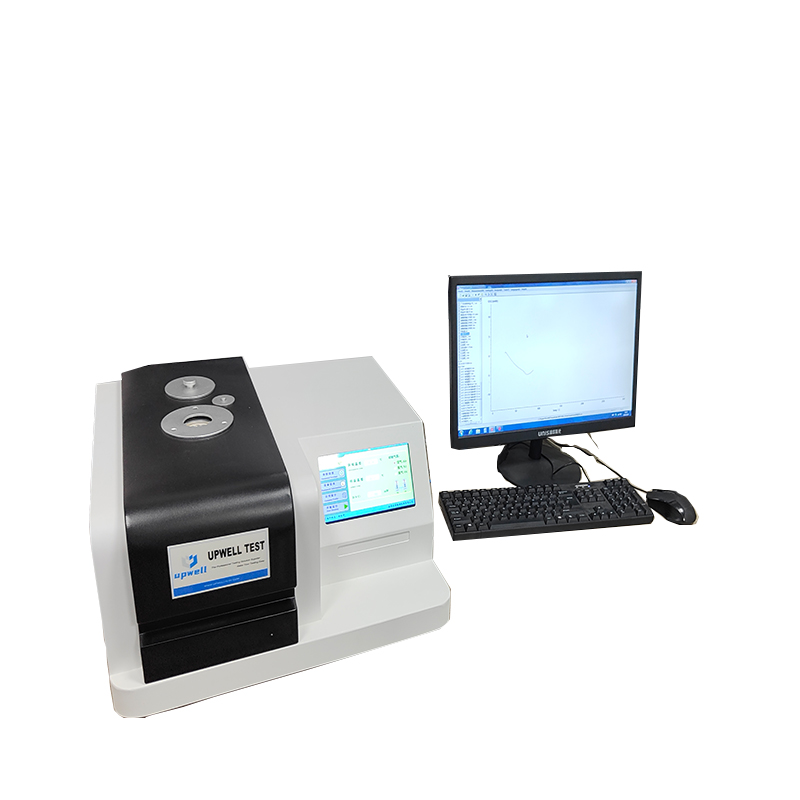
Differential Scanning Calorimeter
- In order to ensure the accuracy of the test results, when using the instrument, first burn it for about 30 minutes. The instrument will not be used for a long time. When using it again, be sure to burn it empty (without any sample and reference material) for two to three times. You can set the temperature to 500°C, the speed to 10°C/min, the constant temperature to 0min, and press [Run] 】key.
- The powder sample should be compacted.
- The temperature rise and rate are generally selected (10~20) ℃/min. If it is too large, the curve will drift and reduce the resolution; if it is too small, the measurement time will be long.
- The amount of sample should not be too much or too little, it should be appropriate. Generally, it is about 20mg. If the sample dosage is otherwise required, the dosage should be determined according to the requirements. The liquid sample should not exceed half of the crucible volume.
- If there is dust or other powdery debris in the experimental area, it should be blown clean with ear washing balls, and be careful when blowing with your mouth.
- Do not use hard objects to clean the sample holder and the experimental area, so as not to cause damage to the differential thermal analyzer.
- When the experimental area is seriously polluted, you can set the temperature to 600°C, the speed to 20°C/min, the constant temperature to 30min, and press the [Run] key. Special attention: the laboratory room temperature is controlled at 20℃-30℃, and the experimental results are more accurate and repeatable when the temperature is relatively constant. When the room temperature is high, it is necessary to turn on the air conditioner to ensure that the ambient temperature is relatively constant in the short term
More interested please contact WWW.UPWELLTEST or email :info@upwelltest.com

